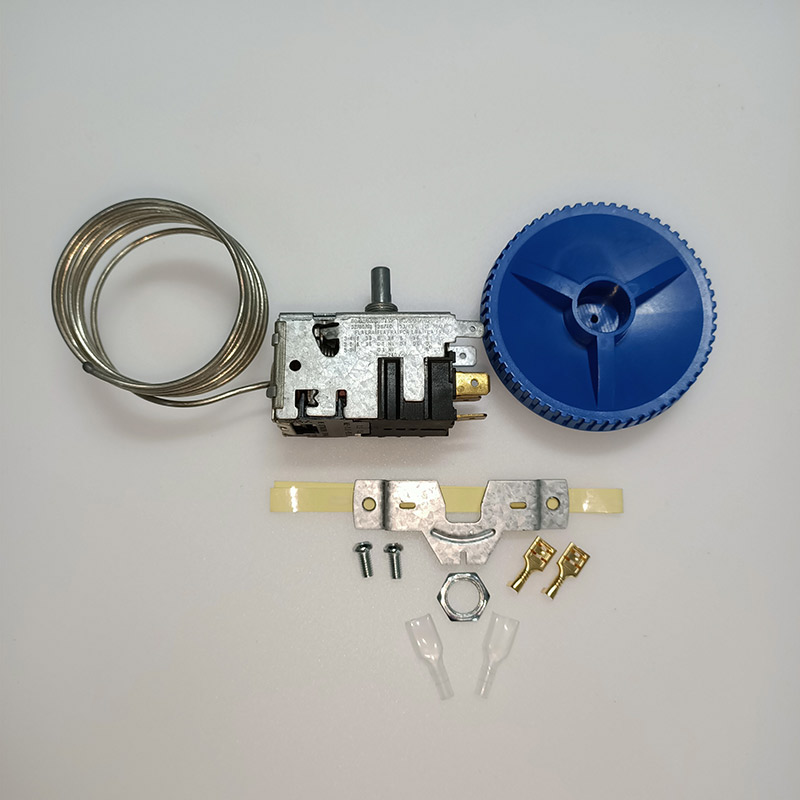Did you know that if you lower the temperature of your water heater, it will help to lower your energy bills? That 50-, 60-, or even 80-gallon hot water tank has the task of ensuring you have hot water every time you turn the faucet on, but it takes a lot of energy to keep the water at just the right temperature. The key here is how hot you want the water to be. If you adjust the temperature down even just a bit, that means the system needs less energy to heat the water to the desired temperature, and your energy bills drop.
To regulate the hot water produced, the water heater has a thermostat, often located on the side or towards the base of the tank, and can be adjusted as needed. Though, there are a few things to keep in mind before you reduce that temperature. While adjusting it by a few degrees could be helpful, going too far isn't a good idea because if water isn't hot enough, it may not be effective at killing bacteria. Finding the sweet spot in water temperature ensures you still have hot enough water without overheating it. Growneer Temperature Controller Manual

It's usually best to follow the manufacturer's instructions on how to set your thermostat to ensure it is working optimally. Most of the time, it's recommended to set it at around 140 degrees Fahrenheit. This setting isn't going to scald your hands, but it may still be too high. The U.S. Department of Energy suggests that setting your temperature at 120 degrees Fahrenheit is ideal when you want to lower your energy bills – by setting it at 140 degrees, you could be wasting between $36 and $61 a year in energy costs.
There are some limitations to this, though. For example, suppose someone in your home has a chronic respiratory illness or a suppressed immune system. In that case, it's not ideal to lower the temperature to 120 degrees because there is a very small chance that bacteria like legionellae could grow in the hot water tank. Also, if you have an older dishwasher, you may need to keep the temperature a bit higher as well. Most modern dishwashers have a built-in water heater that will heat the water moving into the system as the system needs it, therefore reducing the demand on the tank.
If you're ready to save some money, it's easy enough to adjust the temperature on your hot water tank, though you should consult the owner's manual for specifics related to the make and model. Start by looking at the current temperature, which should be present on the thermometer located at the top of the tank.
For electric water heaters, turn the entire system off as a first step. Then, locate the access panel that's located behind a metal plate, which should provide a view of the thermostat. Use a screwdriver to adjust the setting by moving the dial in the desired direction. You don't need to move it much to get a significant adjustment, so start slow and adjust further if the water is still too hot after waiting a day or two.

Thermostat Split Ac The process is about the same for a gas water heater, but here you'll want to first turn the gas valve off and ensure the pilot goes out. There's often a dial right on the exterior of the tank to adjust and often a gauge as to the desired temperature range you desire. Once you adjust it, turn the gas valve and pilot light back on.